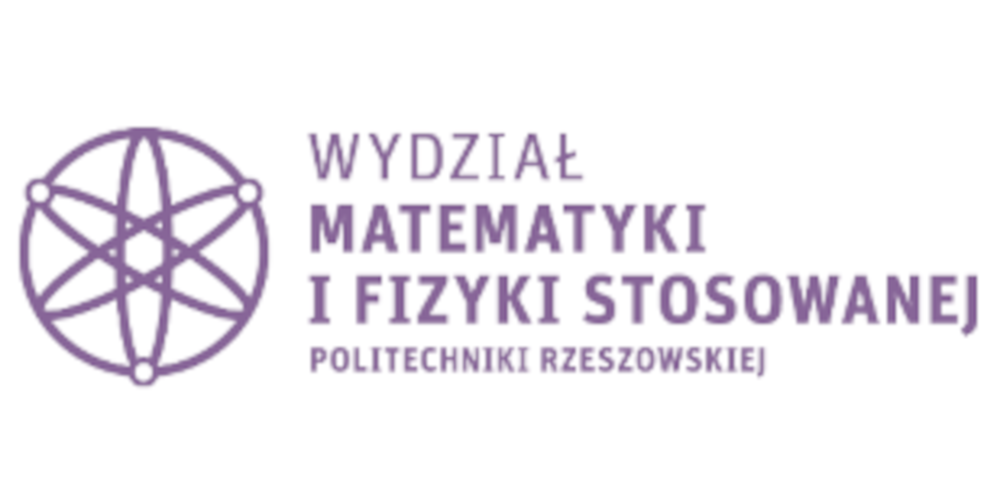

Labor hygiene safety and ergonomics
Some basic information about the module
The aim of studying and bibliography
The main aim of study:
The purpose of this course is to show the complexity of human labour, the risks of human participation in the labour process, indicating a significant influence of the environment (within the physical parameters of the working environment and technological and organizational factors) on comfort of work, and to familiarize students with the principles of ergonomics in the development of safe working conditions, both in the design of the spatial structure of the workplace, as well as the design of signalling and controlling blocks for machine equipment. Another aim of the course is to familiarise students with the proceedings in the event of accidents and emergencies. Transmission of knowledge about the nature and importance of national security for the functioning of modern society and man.
The general information about the module:
It belongs to the group of obligatory modules of the first semester.
Teaching materials:
Pakiet multimedialny.
Bibliography required to complete the module
| 1 | Górska E., Lewandowski J. | Zarządzanie i organizacja środowiska pracy | OW PW, Warszawa. | 2010 |
| 2 | Wieczorek S. | Ergonomia | Tarbonus, Kraków- Tarnobrzeg. | 2010 |
| 3 | Laska A. | Zarządzanie ryzykiem zawodowym | Indygo Sp z o.o., Rzeszów. | 2015 |
| 4 | Piętowska-Laska R. | Ergonomia w zarządzaniu organizacją | Indygo Sp. z o.o., Rzeszów. | 2015 |
| 1 | Górska E. | Projektowanie, diagnoza, eksperyment | OW PW, Warszawa. | 2002 |
| 2 | Kowal E. | Ekonomiczno- społeczne aspekty ergonomii | PWN, Warszawa- Poznań . | 2002 |
Basic requirements in category knowledge/skills/social competences
Formal requirements:
The student satisfies the formal requirements set out in the study regulations.
Basic requirements in category knowledge:
Knowledge of the rules of safe behaviour.
Basic requirements in category skills:
Ability to apply the principles of health and safety in extremely difficult situations.
Basic requirements in category social competences:
Ability to reflect on the safety of human behaviour.
Module outcomes
| MEK | The student who completed the module | Types of classes / teaching methods leading to achieving a given outcome of teaching | Methods of verifying every mentioned outcome of teaching | Relationships with KEK | Relationships with PRK |
|---|---|---|---|---|---|
| MEK01 | knows the basic principles of health and safety at work | lecture | written test |
K-W13+++ |
P6S-WK |
| MEK02 | can describe the complexity of human labour | lecture | written test |
K-W13+++ K-K01+ |
P6S-KK P6S-WK |
| MEK03 | is able to identify an accident at work and explain the reasons and circumstances | lecture | written test |
K-W13+++ |
P6S-WK |
| MEK04 | can describe the extent and specificity of mental load at work | lecture | written test |
K-W13+++ K-U24++ |
P6S-UK P6S-UO P6S-WK |
| MEK05 | can define and describe basic hazards at the workplace | lecture | written test |
K-W13+++ K-U24++ |
P6S-UK P6S-UO P6S-WK |
| MEK06 | can use selected risk assessment procedures depending on prevailing threats | lecture | written test |
K-W13+++ K-K02++ |
P6S-KK P6S-KO P6S-WK |
The syllabus of the module
| Sem. | TK | The content | realized in | MEK |
|---|---|---|---|---|
| 1 | TK01 | W01 | MEK01 | |
| 1 | TK02 | W01 | MEK01 | |
| 1 | TK03 | W02 | MEK05 | |
| 1 | TK04 | W02 | MEK06 | |
| 1 | TK05 | W03; W04 | MEK03 | |
| 1 | TK06 | W05 | MEK02 MEK05 | |
| 1 | TK07 | W05 | MEK02 MEK04 | |
| 1 | TK08 | W06; W07 | MEK04 | |
| 1 | TK09 | W08; W09 | MEK05 MEK06 | |
| 1 | TK10 | W08; W09; W10 | MEK05 MEK06 | |
| 1 | TK11 | W11; W12 | MEK05 | |
| 1 | TK12 | W13 | MEK06 | |
| 1 | TK13 | W13 | MEK03 | |
| 1 | TK14 | W14; W 15 | MEK01 |
The student's effort
| The type of classes | The work before classes | The participation in classes | The work after classes |
|---|---|---|---|
| Lecture (sem. 1) | The preparation for a test:
4.00 hours/sem. |
contact hours:
15.00 hours/sem. |
complementing/reading through notes:
4.00 hours/sem. Studying the recommended bibliography: 3.00 hours/sem. |
| Advice (sem. 1) | |||
| Credit (sem. 1) |
The way of giving the component module grades and the final grade
| The type of classes | The way of giving the final grade |
|---|---|
| Lecture | Colloquium for the lecture. |
| The final grade |
Sample problems
Required during the exam/when receiving the credit
Wymagane podczas egzaminu_zaliczenia.pdf
Realized during classes/laboratories/projects
(-)
Others
(-)
Can a student use any teaching aids during the exam/when receiving the credit : no